Voyager: the greatest of all space missions
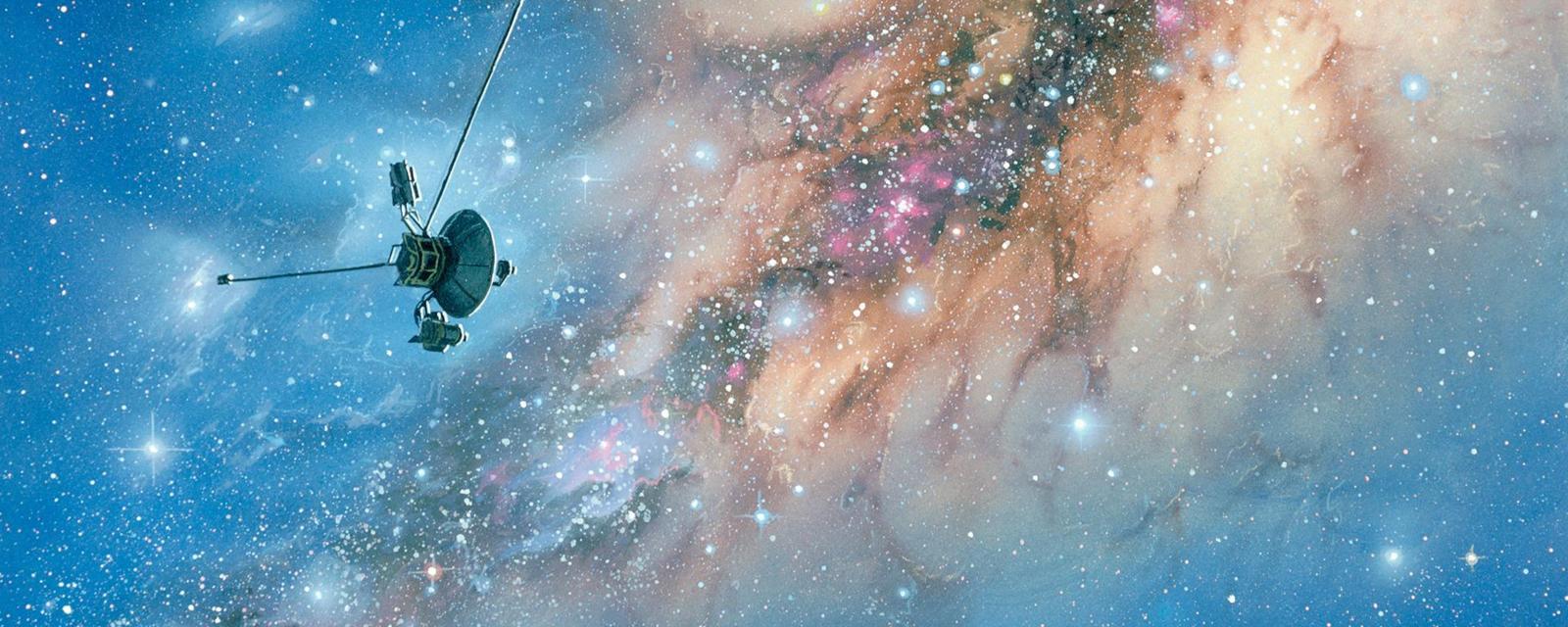 Source:
Source:
In 1977 he began the mission two spacecraft that changed our understanding of the Solar system and will soon become our message into the unknown. Richard Hollingham with the BBC spoke about the legacy of the "Voyagers" 40 years after the launch and visited the place where was created the famous vehicles. Further — from the first person.
On the ground floor of a nondescript suburban office block, designed in beige colors, in Pasadena, California, history.
To see history Happening here literally every day.
This is the control center of the mission at the jet propulsion Laboratory (JPL), where NASA monitors spacecraft Voyager. This becomes clear if you look at a homemade cardboard sign on a computer monitor, which reads as follows: "Critical equipment mission Voyager. PLEASE DO NOT TOUCH!".
It's not like the control center one of the most ambitious and daring missions in the history of mankind. But that's it.
Over the past 40 years, the two spacecraft Voyager studied Jupiter, Saturn, Uranus and Neptune. They showed us the details of these strange worlds, hidden under the ice of the moon covered with volcanoes and covered with smog. These missions have changed our view of the Earth and, thanks to the Golden phonograph records affixed to the sides of the satellites, sent human culture to the stars.
What is most important, both space Voyager is still working. Whenever "Voyager 1" sent to Earth signal, he does it from the far distance of all the objects that ever came from Earth.
"Voyager 1" left the Solar system in 2013 and (at the time of this writing) passed the 20 billion kilometers. "Voyager-2" moving along a different trajectory, is 17 billion kilometers. It might be easier to imagine it this way: a radio signal moving at the speed of light, reaches from the ground to the "Voyager-1" and back in 38 hours. "Voyager-2" it is about 30 hours.
These signals are sent in the deep space network NASA — a giant satellite dish, scattered around the world and is designed to collect data from distant spacecraft. While I was watching, Manager of the mission, Enrique Medina causes a ground station near Canberra in Australia, to establish communication with "Voyager-2". The spacecraft is so far away that the engineers had to build two receivers to catch the signal from the outskirts of the Solar system.
"the Power of the transmitter on the spacecraft is about 12 watts," says Medina. "When it works at its peak it is about 20 watt — like bulbs in the refrigerator."
Think about it. I live in a rural area 40 miles from London and barely get a signal on your mobile phone. NASA can get a signal from a distance of 20 billion miles, is sent with 40-year-old 12-watt transmitter.
"never ceases to amaze," says Medina. "We are talking about the technology of the 1970-ies".
While he speaks, the screen fills with numbers — new data from our avatars in deep space.
"People have always been explorers, pioneers," says project scientist of the Voyager ed stone. "It's just the recent history of research with the help of robotic devices. "Voyager-1" now has to deal with the material that fills most of the Universe."
Stone is a legend among scientists. In the eighty he led and leads the mission of Voyager at JPL from the very beginning of the design and construction of devices in 1972. Voyager is the basis of almost everything that I did," he says. "His mission has given us a broad overview of everything that is there — wherever we looked, everywhere we find the diversity of nature".
Another legend behind the missions of Voyager, the late Carl Sagan, who led the project to attach the gold plates to the sides of each spacecraft. By the mid-1970s, astrophysicist and astronomer at Cornell University became one of the most famous scientists in the world. Besides working on NASA missions, including the "Viking 1", the first probe that successfully landed on Mars, he wrote popular science books and regularly participated in TV and radio programs.
With gold plates Sagan played a major role in transforming what was essentially a scientific mission to a mission of artistic and cultural. Copper discs, designed for one billion years, reminiscent of vinyl records and played exactly the same needle that is included in engraved case. Conceived as a message from planet Earth to other civilizations, the recordings include speech, music, sounds, and images, encoded in the grooves.
"We tried to talk a little bit about what the Earth, the creatures that live on it, and, in particular, about the species that made this record," says the artist Jon Lomberg, design Director of the project gold record. "Basic conditions were such that this message is not from NASA or the United States, and from the Earth, reflecting all the Land, not the nation or Agency which it was sent".
But Sagan and Lamberga was at NASA they were given only six weeks from start to finish, to complete the project. "At the end of six weeks we had to provide them with a physical record," says Lomberg. "It's absurd."
About a third of the music on the Golden disk owned by Western composers, including Bach, Beethoven and Mozart. However, they also tried to represent the music of the world. There was everything from the Azerbaijan musical instruments to songs of dedication of girls from Zaire. Perhaps it was the first collection of all music of the world.
Although Duke Ellington, Chuck berry and American gospel music were presented on the disc, Elvis Presley — who died shortly before the launch of "Voyager-2" — no.
"Actually, amazing to see what they put in there, from the standpoint of American music," says Stephanie Nelson, Professor, California state University at Los Angeles and an expert on world music. "Basically, it's black American music, which is very interesting."
The Music was the least controversial aspect of the entire project. Predecessors of Voyager, "Pioneers" 10 and 11 proudly bore a plaque on which was engraved a naked man and a woman. The crew of Voyager was hoping to include the image of a naked couple on a Golden disc.
"it seemed to Me that it is the very essence of human nature," says Lomberg, who spent many days in search of suitable images, which would not be pornographic or academic. He found the image of a pregnant woman. "It seemed that this is what you need, but NASA said no way!".
"When I tell this to the audience, she laughs," says Lomberg. "It seems so intimate, so human, that much funny."
"Voyager 2" was launched from Cape Canaveral on 20 August 1977; "Voyager-1" — 5 September. While on Board the spacecraft there was no nudity, the choice of 1977 was not a coincidence.
"It was in this year he was able to fly past the four giant planets," says stone. "We can launch the first spacecraft to Jupiter and Saturn, and if succeeded, the second would go to Uranus and Neptune".
In Addition to the help of cosmic apparatus, the position of the planets influenced the fertility rate at JPL. "I tell my daughters that their birth coincided with the parade of planets," says Linda Spilker, who started her career with Voyager and now manages the Cassini mission to Saturn. "Everything was counted — a lot of children "Voyager" was born in the five years between Saturn and Uranus".
In 1978, 18 months after launch, "the Voyager" 1 and 2 began the study of Jupiter, revealing his glowing clouds in unprecedented detail. The quality of the images from the onboard camera was outstanding.
"Every time there's been a sighting, there was always something new," says team leader visualization Harry hunt. A native of Imperial College London, hunt was the only senior British scientist on the mission. "History has changed".
Some of the biggest scientific surprises came from satellites that Voyager was shown as something more than just inert pieces of stone. "To "Voyagers" the only active volcanoes known only on Earth," says stone. "Then we flew by IO, a satellite of Jupiter the size of our moon, and it was 10 times more volcanic activity than on Earth."
Voyager turned our terrestrial view of Solar system turned on its head. "Before Voyager, the only liquid oceans were here on Earth," says stone. "Then we saw the satellite of Jupiter Europe with crackled surface, and realized that beneath its surface was a liquid ocean."
The Original archive images of the mission, now restricted to a dusty Cabinet in the back room at Queen Mary College in East London. When all images are digitized on a cardboard photo cards, no one is looking. But those first images were surprisingly high quality. In particular, a picture made upon reaching the "Voyager 1 spacecraft" Saturn in 1980.
"It was such a shock for us," says hunt, looking through pictures of a rocky moon of Saturn, Mimas. "We called it the "Death Star"".
In the same year, when it was released the second movie "Star wars" "Empire strikes back", scientists were struck by how this satellite is similar to the full battle station. Powerful conical piece was knocked out by a massive collision. "The impact was the strongest," says hunt. "A little more and he would have broken the moon apart."
But the surprises of the Saturn did not stop. Discovering new rings and identifying new satellites, the spacecraft Voyager has found a Titan with its thick petrochemical atmosphere and methane rain. Also they sent back made from a short distance pictures of Enceladus. This tiny Arctic world was the size of England and it was the most reflective body in the Solar system...
Recommended
The Americans on the moon: what everyone should know?
the Upcoming cosmonautics day is my favorite holiday. It marks the triumph of the human mind: in just four thousand years Homo Sapiens went from hunter-gatherers to space explorers. 12 April 1961 Soviet cosmonaut Yuri Gagarin became the first man in ...
Why are some galaxies spiral shaped?
you Know what surprised me the most? The fact that we perceive the surrounding world as it is. Animals, plants, the laws of physics and the cosmos are perceived by many people as something so mundane and boring that they invent fairies, ghosts, monst...
Astronomers were able to see the death of another star system
In the cosmic ocean drifts a lot of mysteries about the existence of which we are unaware. One of these was uncovered five years ago, when astronomers have discovered a lonely star at a distance of 570 light years from Earth, the brightness of which ...
Related News
10 events that will occur at the death of our Sun
what is the life cycle of our star, the Sun, will one day come to its end, is a well known fact. According to scientists, this cycle is about 10 billion years. Current age of our sun, approaching 5 billion years. This leads to a v...
#photo of the day | Elon Musk for the first time demonstrated the SpaceX suit
that the engineers at SpaceX are working on a new , no one doubted. Moreover, last year it became known that Elon Musk was invited to work on this project of the famous designer Jose Fernandez, who was famous for creating costumes...
Flight electroanalyt SolarStratos in the stratosphere will take place next year
in the Spring of the Swiss company SolarStratos began testing stratospheric aircraft, powered by solar energy. During the first flight, he was able to climb to a height of 300 meters and flew for seven minutes. Then, inspired by t...
The eternal question: why are the stars silent?
One of the most famous quotations of the English writer, scientist, futurist and inventor Arthur Charles Clarke says: "There are two possibilities: either we are alone in the Universe or not. And both are equally frightening". At ...
We predict eclipses for 2000 years. But how?
Imagine: you are the man of antiquity, some kind of Neanderthal, and your faithful sun suddenly and unexpectedly darkened. You're scared. You think: "What if it never comes back? What we have angered God... ancestors? Oh, and here...
There's a revolution coming in space construction
One company has just made a revolutionary achievement that is so unfair, few people noticed. She has successfully used a 3D printer in the extreme conditions close to space, and in an environment of almost complete vacuum printed ...
NASA: "We will try to extract oxygen from the atmosphere of Mars"
a Manned mission to Mars will be the most ambitious space project of this generation, but exactly to the moment, as we put humans on the Red planet. Such a bold step requires the most rigorous training. First, you need to build a ...
Mask note: the condition of the roof can be estimated from satellites
Not to say that people often think of roofs, though this part of the house for all is quite important. How to determine what your roof needs repairs? Take the stairs, climb on the house, and then start exploring. Still, you can si...
Alternative theory: how was the Moon?
on 13 December 1972, astronaut "Apollo-17" Harrison Schmitt walked up to the boulder in the sea of Tranquility on the moon. "This boulder has its own little path leading directly to the hill," he said to his commander Eugene Cerna...
Space probes "Voyager" are a danger to humanity?
Forty years ago, humanity sent into space two maps of location of Land. Copies of these maps were mounted on the hull of two identical space probes "Voyager", launched at the end of 70-ies. Now they are the most distant man-made s...
"Roskosmos" approved a design layout of the station "Luna-25"
As the press service, RIA "Novosti" with reference to the state Corporation "Roscosmos", the specialists of Russian space Agency approved the design layout of the station "Luna-25", developed in the framework of the development wo...
Our days on Earth are numbered. Great minds predict that humanity must settle themselves on other planets, if he wants to avoid the complete disappearance of some due to probable natural disasters. According to Stephen Hawking, th...
SpaceShipTwo began to prepare to fly with a jet engine
the Company Virgin Galactic has reported another successful test of SpaceShipTwo spaceplane. Reusable suborbital ship still had a long way to test before he begins to carry tourists into space, but concluded the test was very impo...
Africa joined in the space race by launching its first satellite
later most of the other continents joined in the international space race. The first African satellite to be launched into orbit, became a unit GhanaSat-1, created by a team of engineers from the University of all Nations, locate...
SpaceX has released a demo of the future of flight, the Falcon Heavy
SpaceX really looking forward to the launch of heavy rocket and stir up interest in this event in different ways. For example, the new animated movie, created by artists and designers showing the start and first minute of flight o...
Vector startup launched microrocket with cargo on Board
a Startup founded by immigrants from SpaceX, Virgin Galactic, Boeing and several other aerospace companies, announced the successful launch and suborbital flight of the rocket Vector R. the Launch took place from Baikonur , locate...
Launch pad-plane from Virgin ready for flight tests
to Display small satellites into orbit a variety of ways. In the company Virgin Orbit decided to adapt for this case the Boeing 747-400, which is very much altered, having created on its base launcher. It is now called Cosmic Girl...
SpaceX will begin to deliver people to the ISS in 2018
About SpaceX's plans became known from the schedule private flights, which the space Agency NASA released recently. According to available information, SpaceX will begin to make the delivery of crews to ISS in the summer of next y...
Eight worlds of the Solar system where we might find life
Our modest possibilities of the Universe of the study show that only our home planet Earth includes confirmed signs of life. But the raw materials needed for life, is available everywhere, from the bowels of the asteroid to an int...
NASA will be able to check out their system of planetary security
Our Solar system is downright different space filled with cobblestones, wandering in space on different orbits and at different speeds. It would seem, anything especial – ordinary matter. But only as long as one of these stones do...



















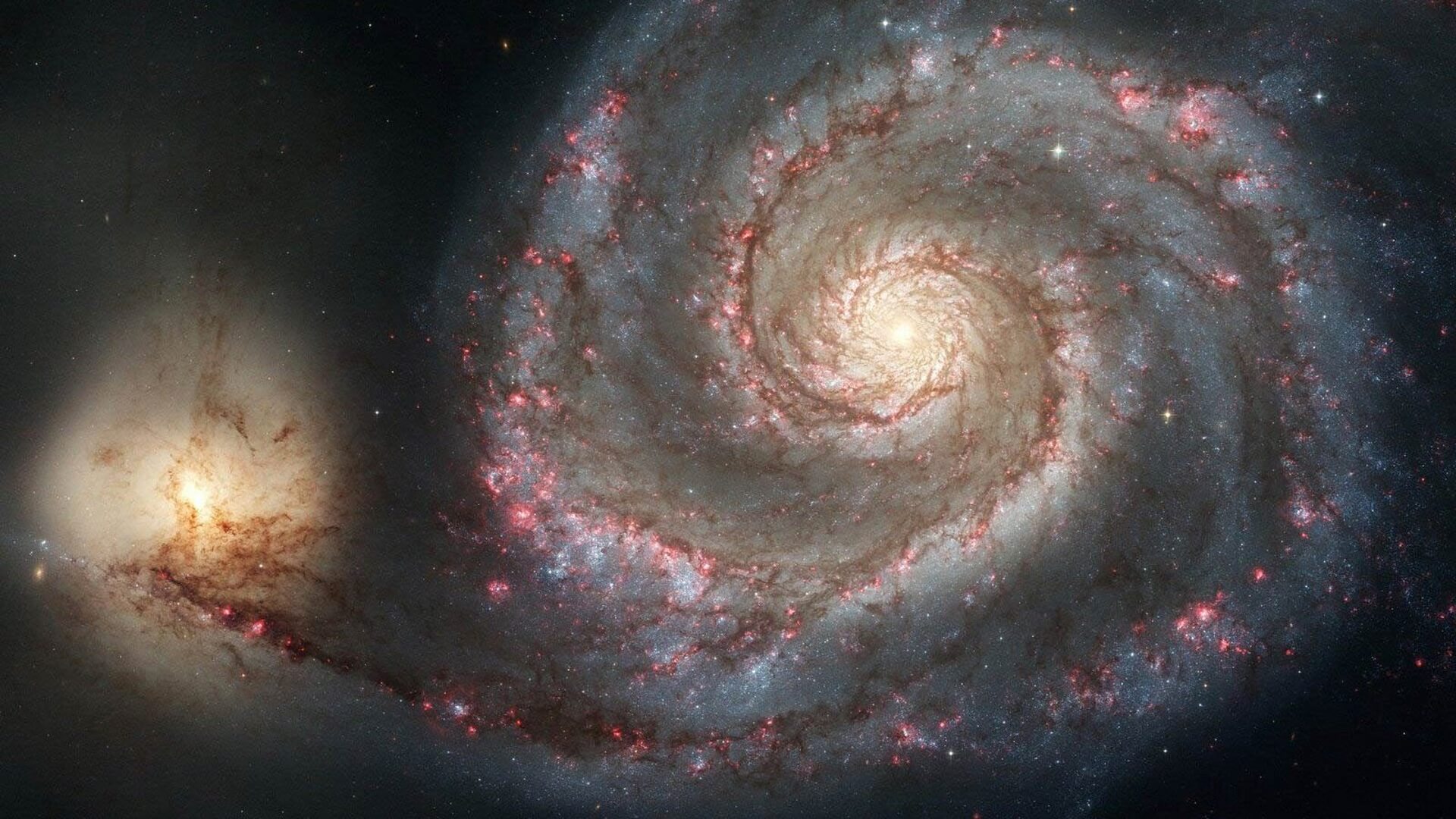
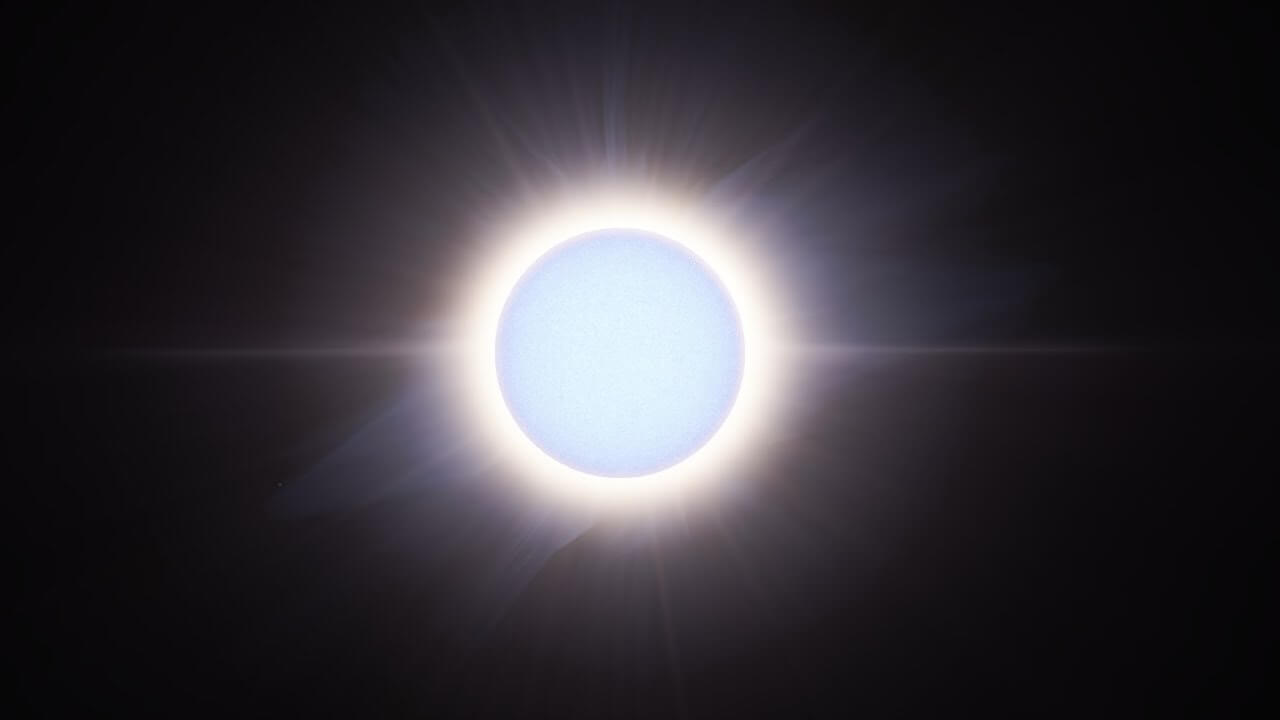
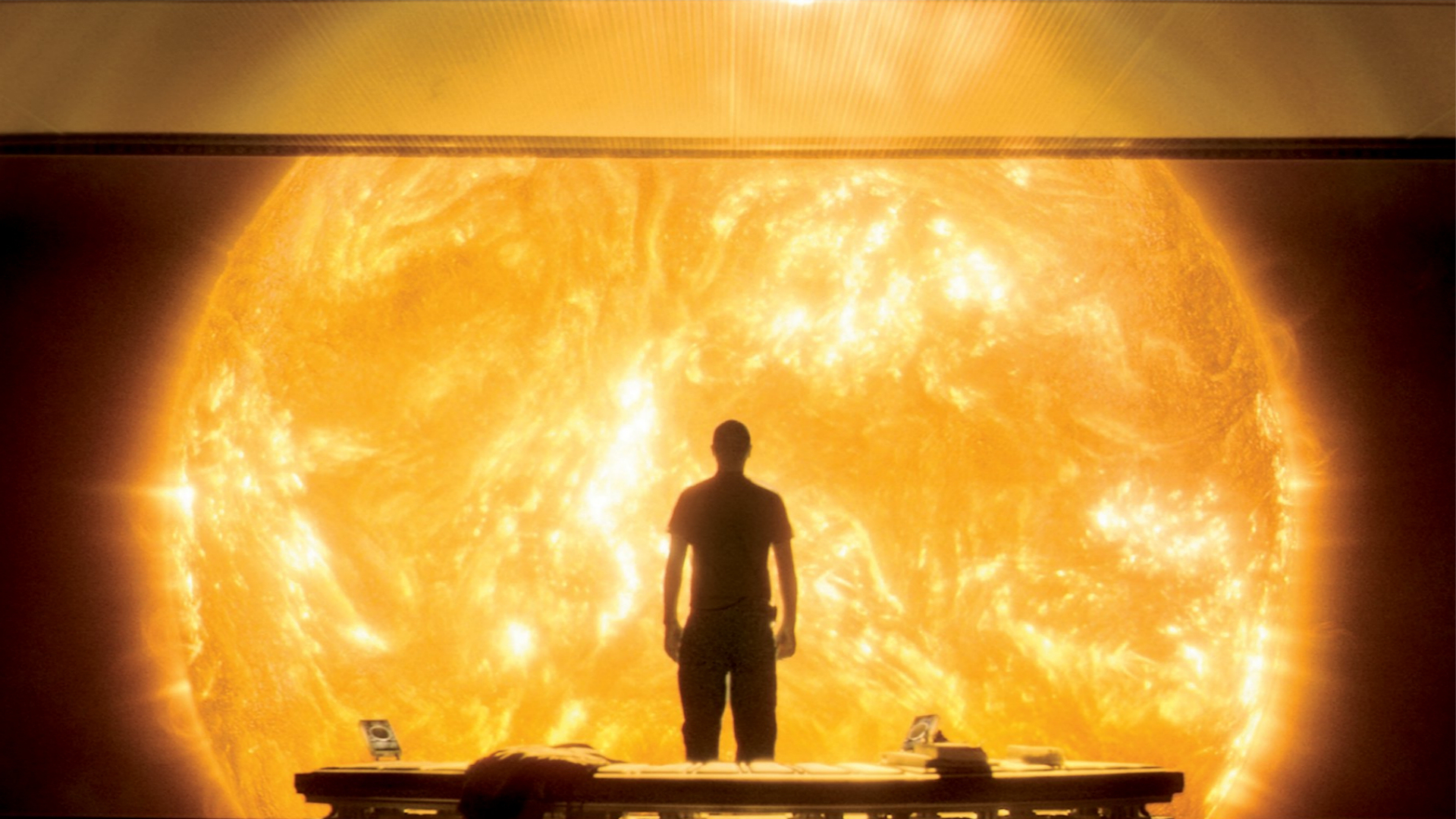
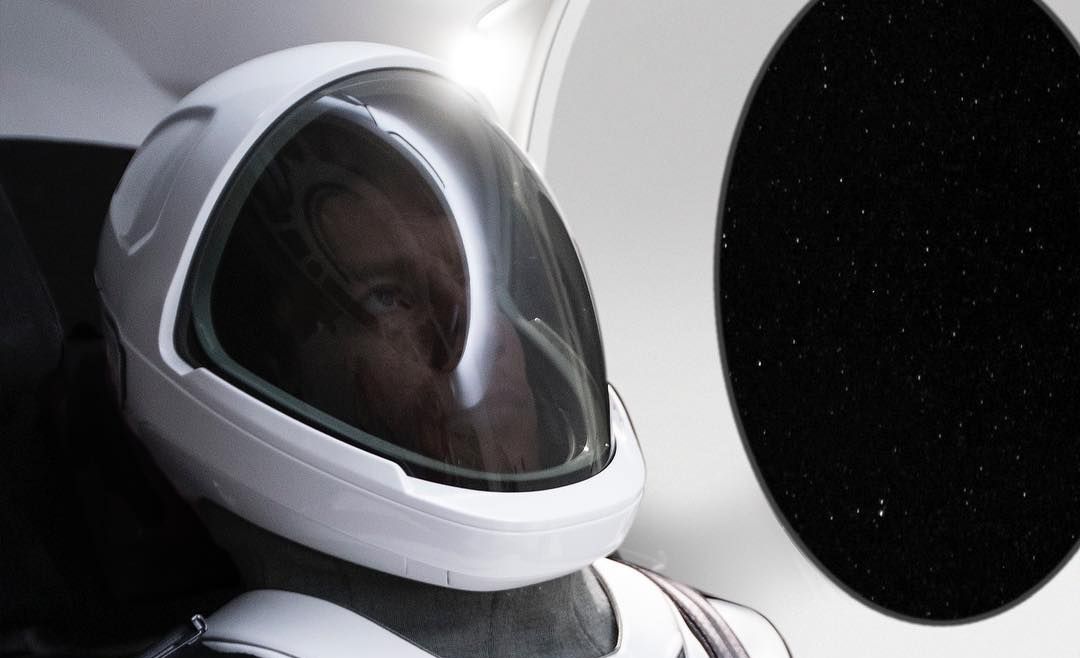
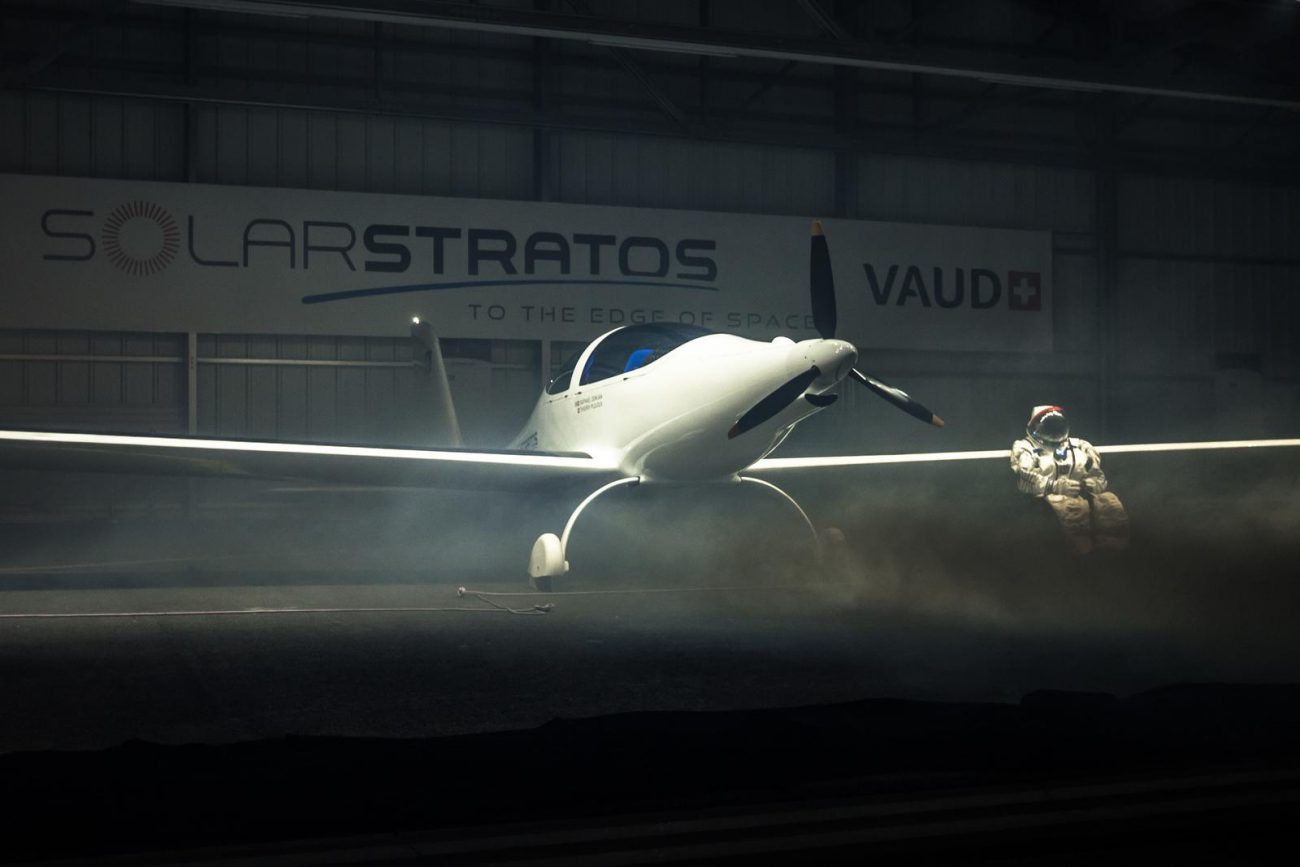
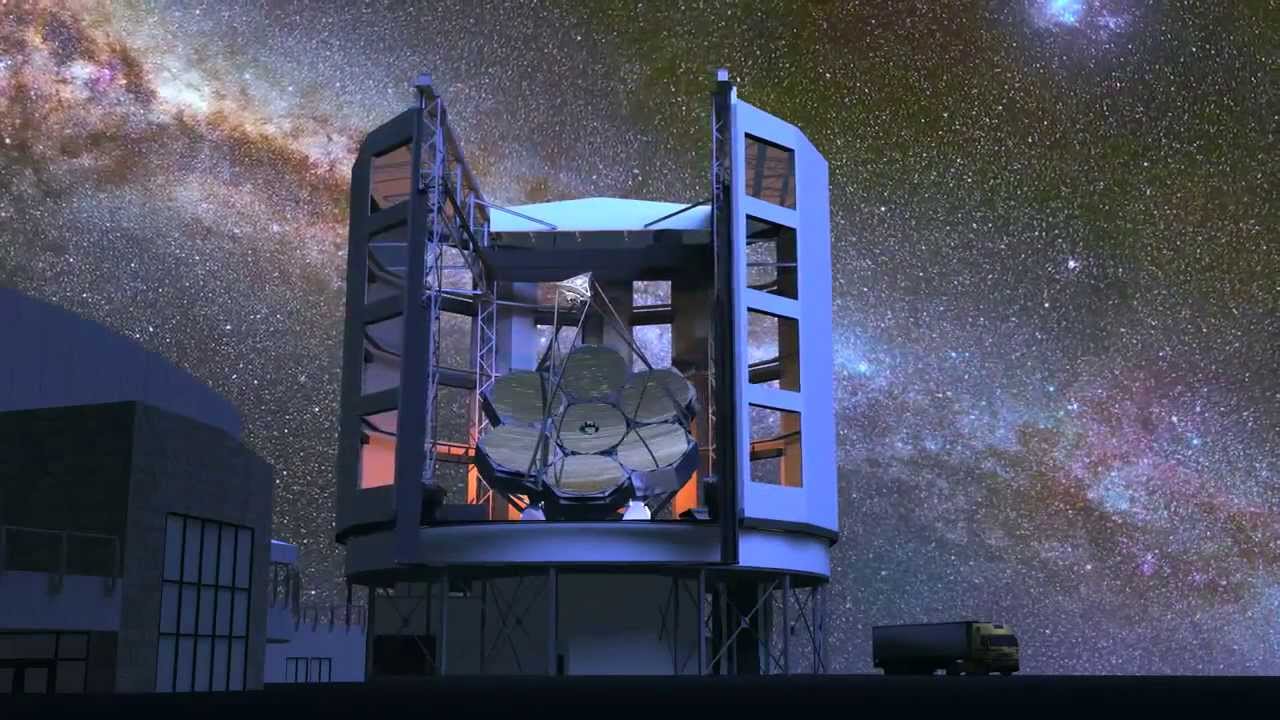
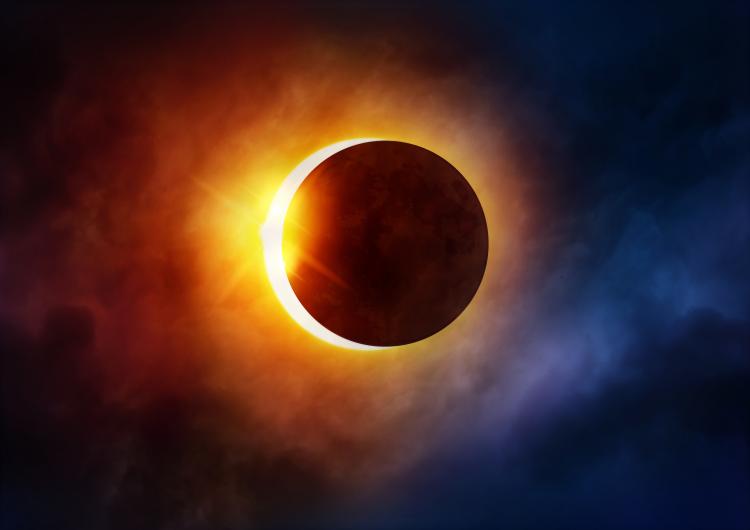
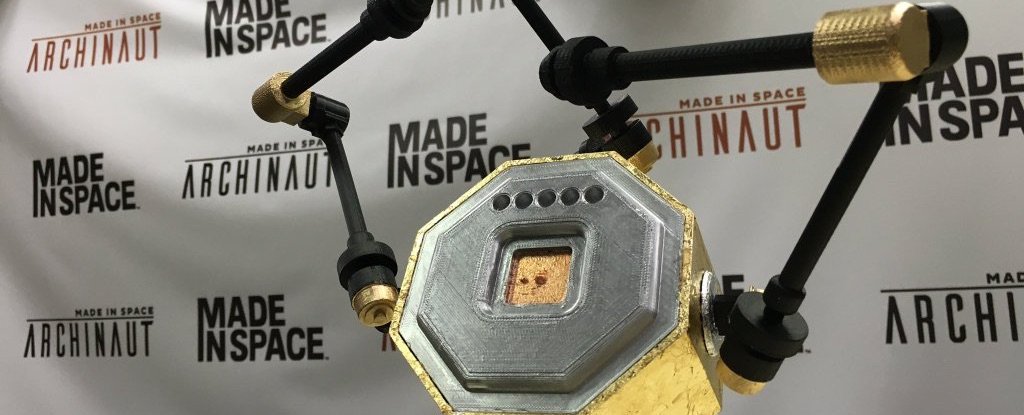
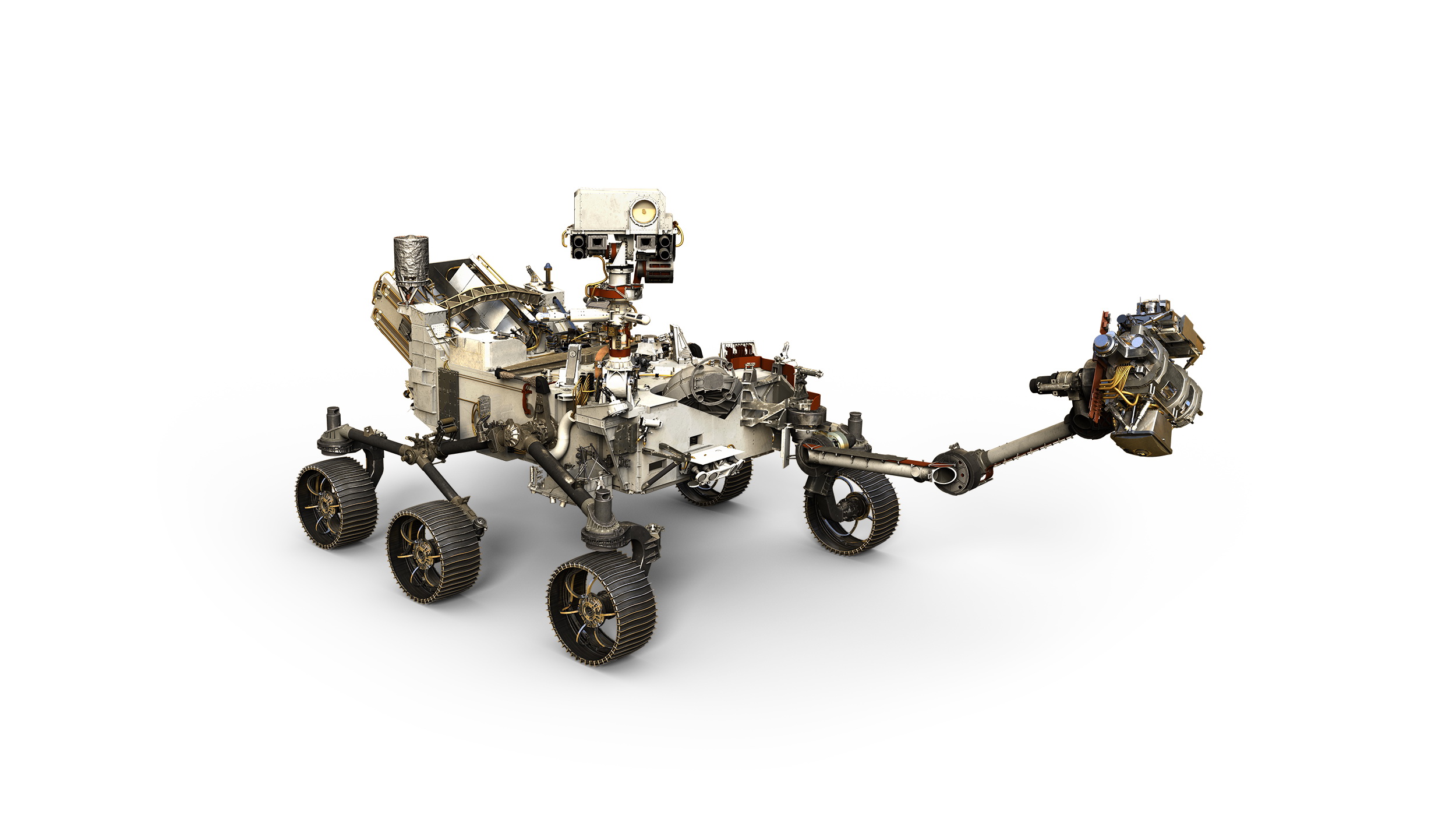

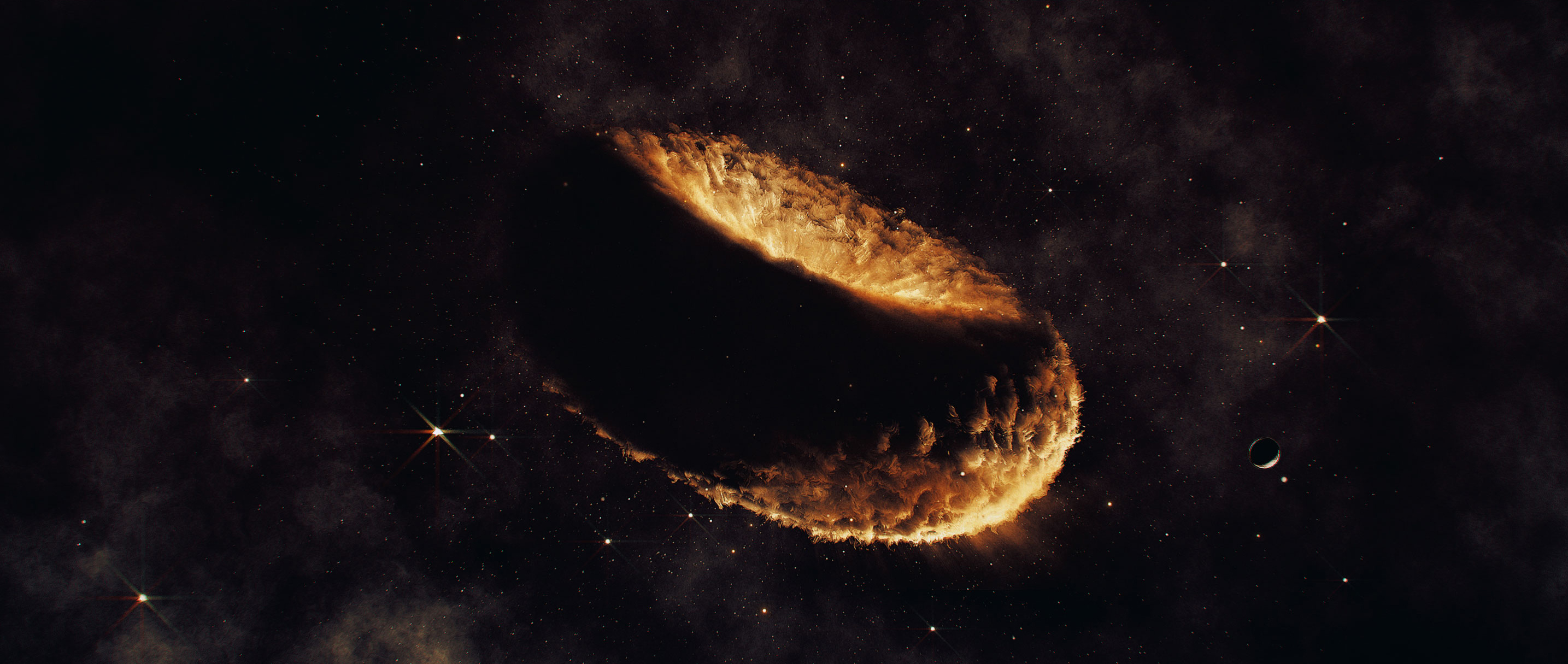
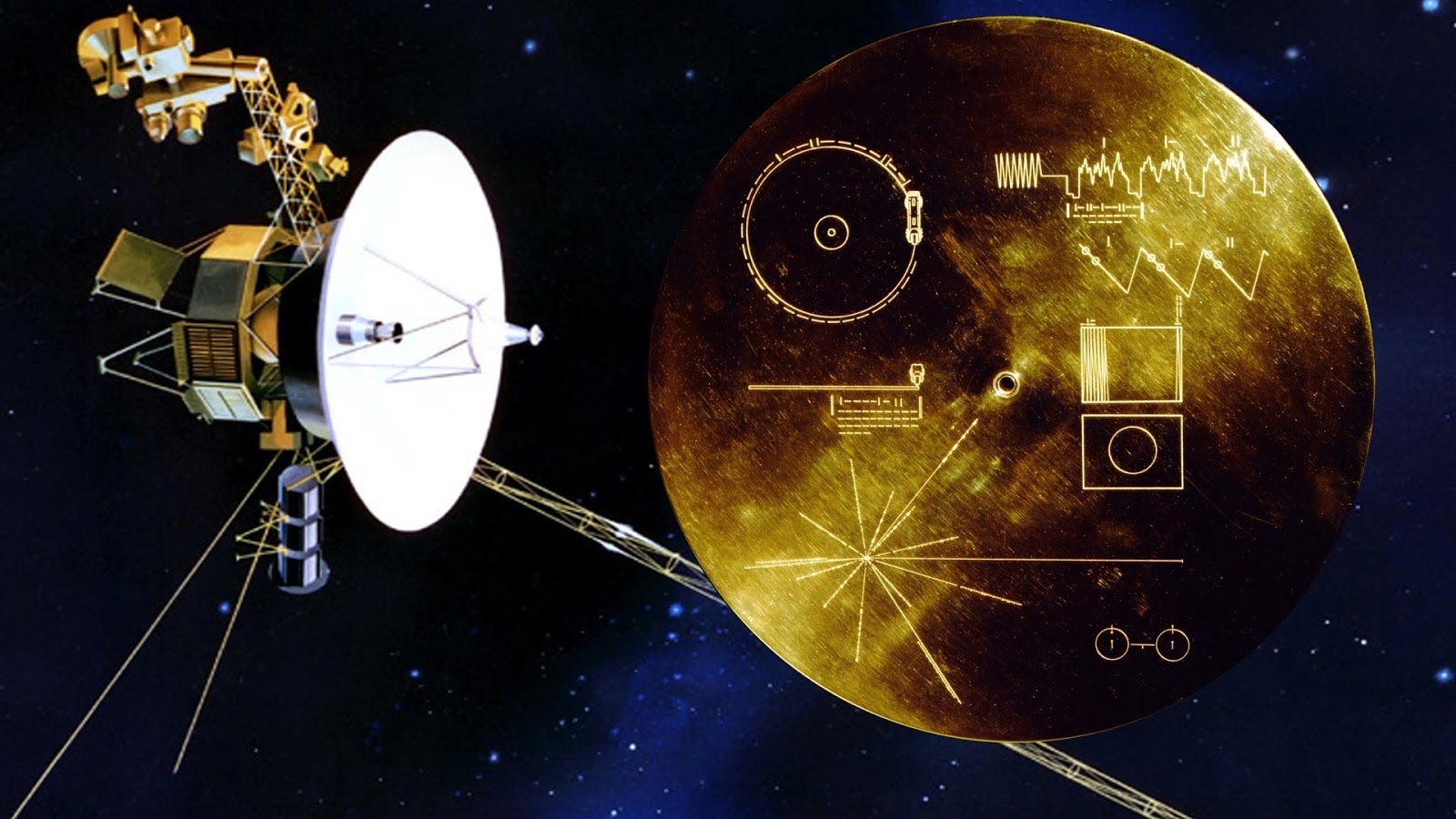
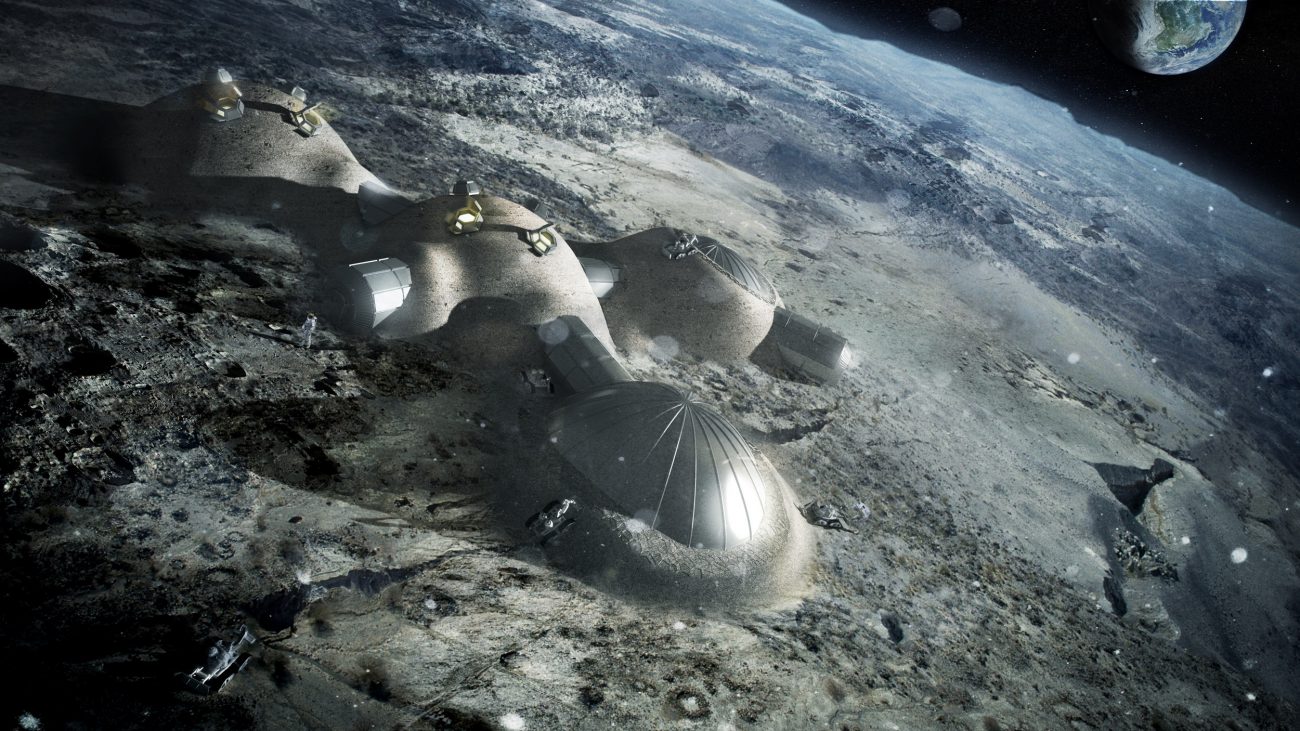
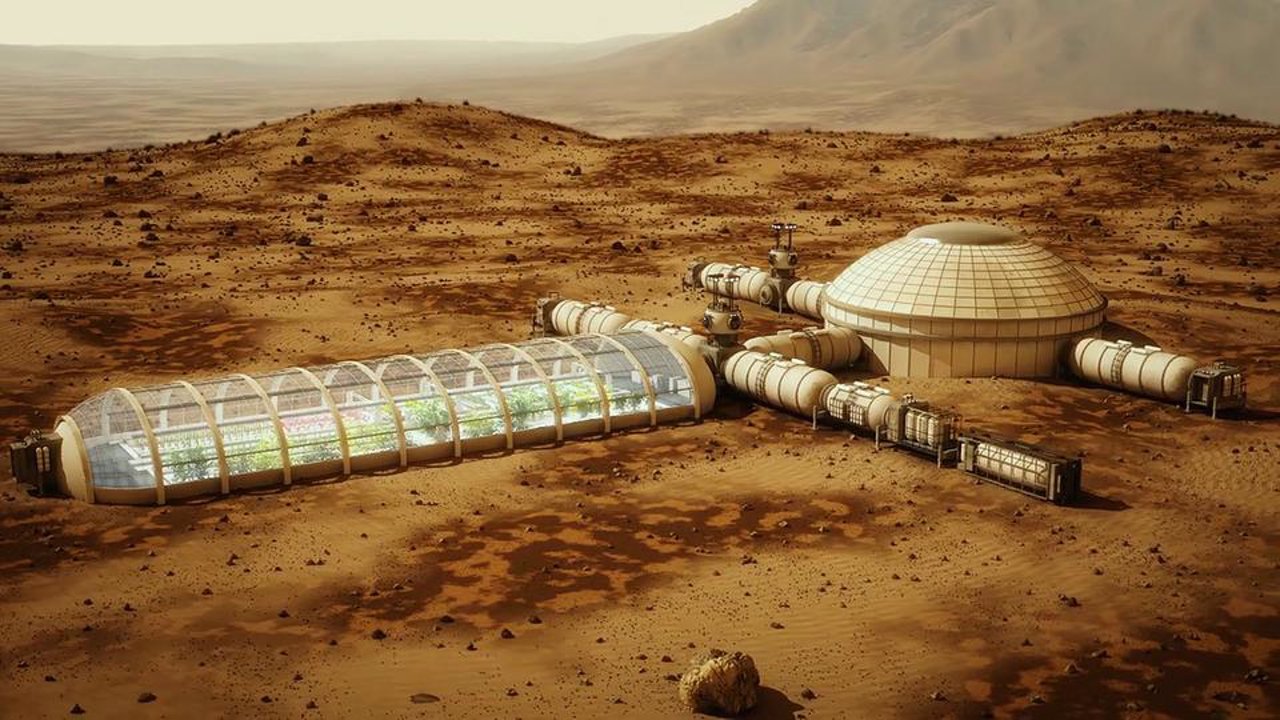
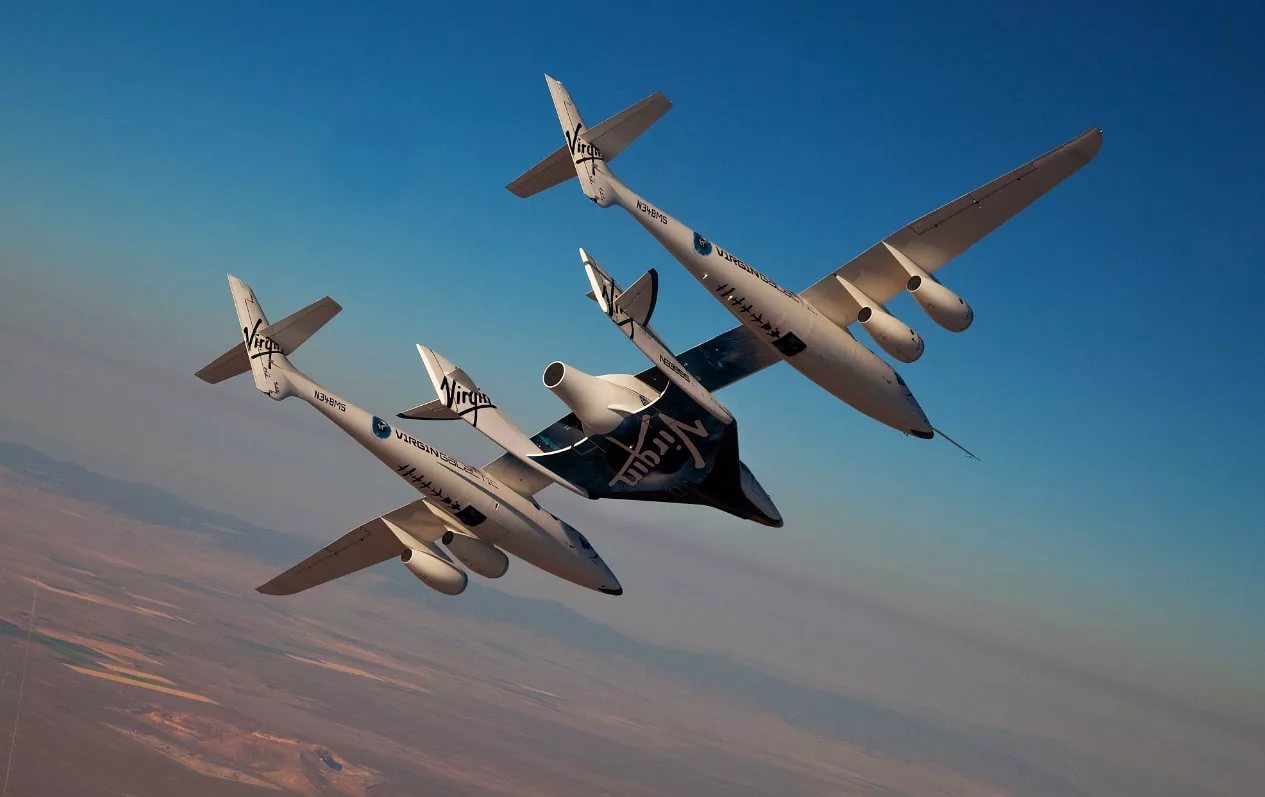
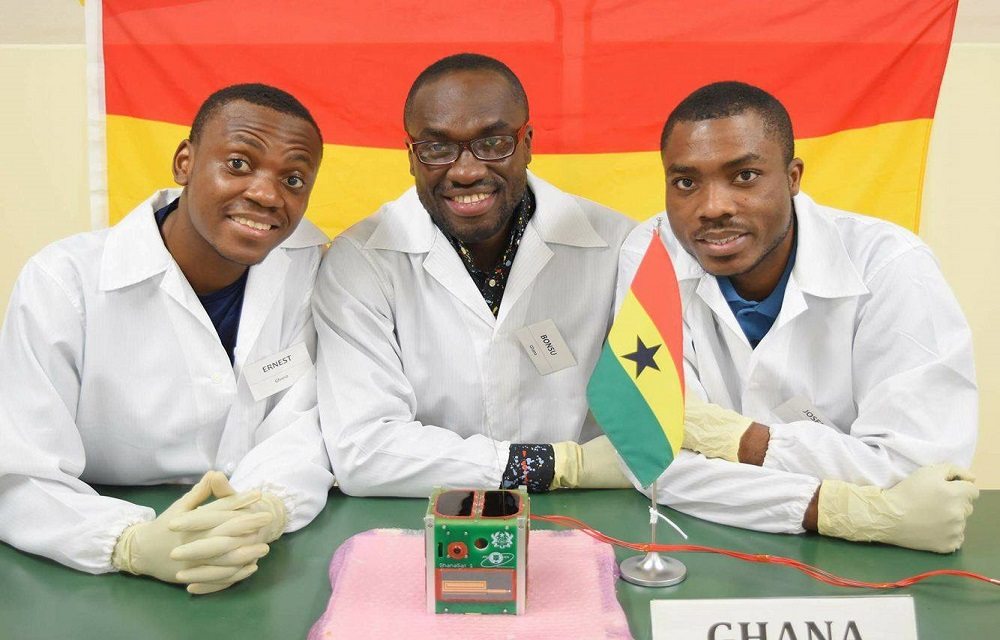
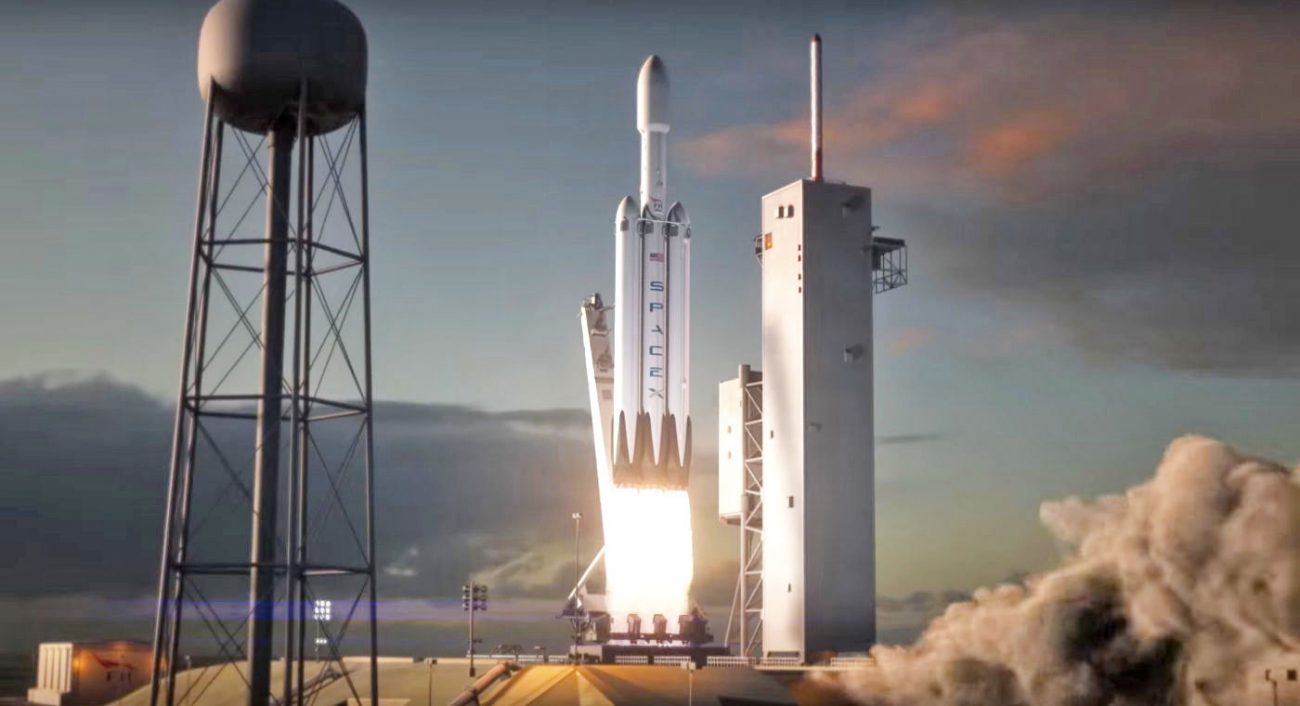
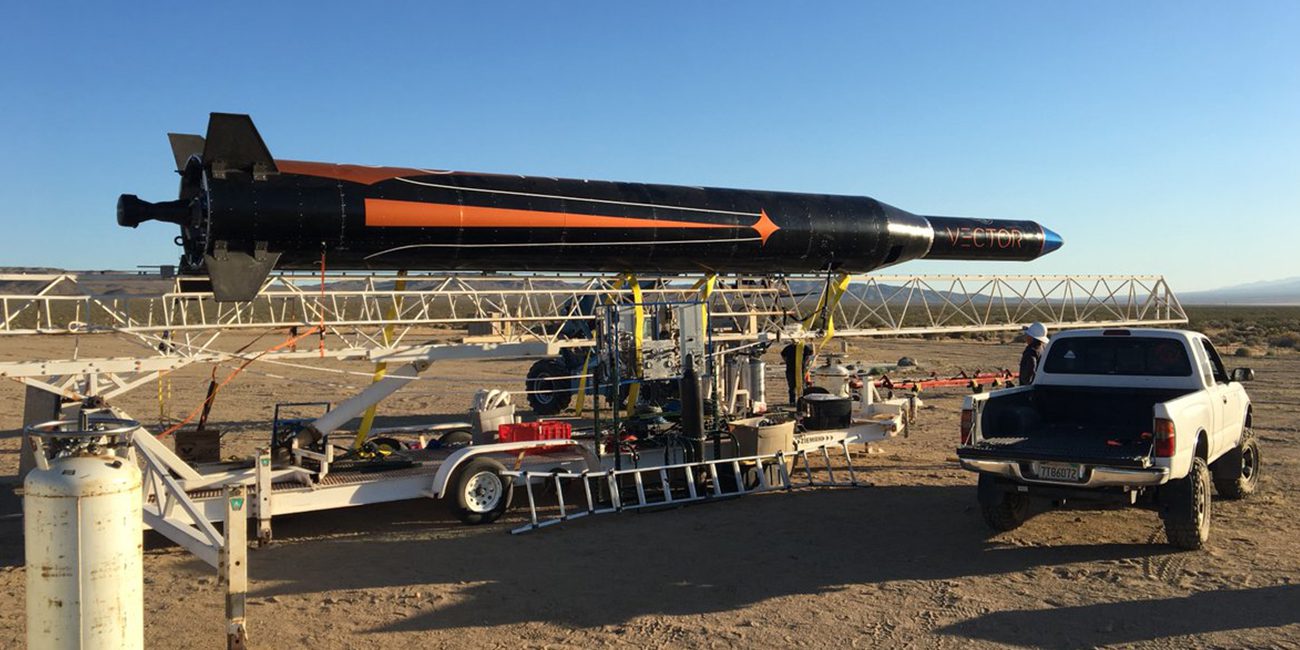

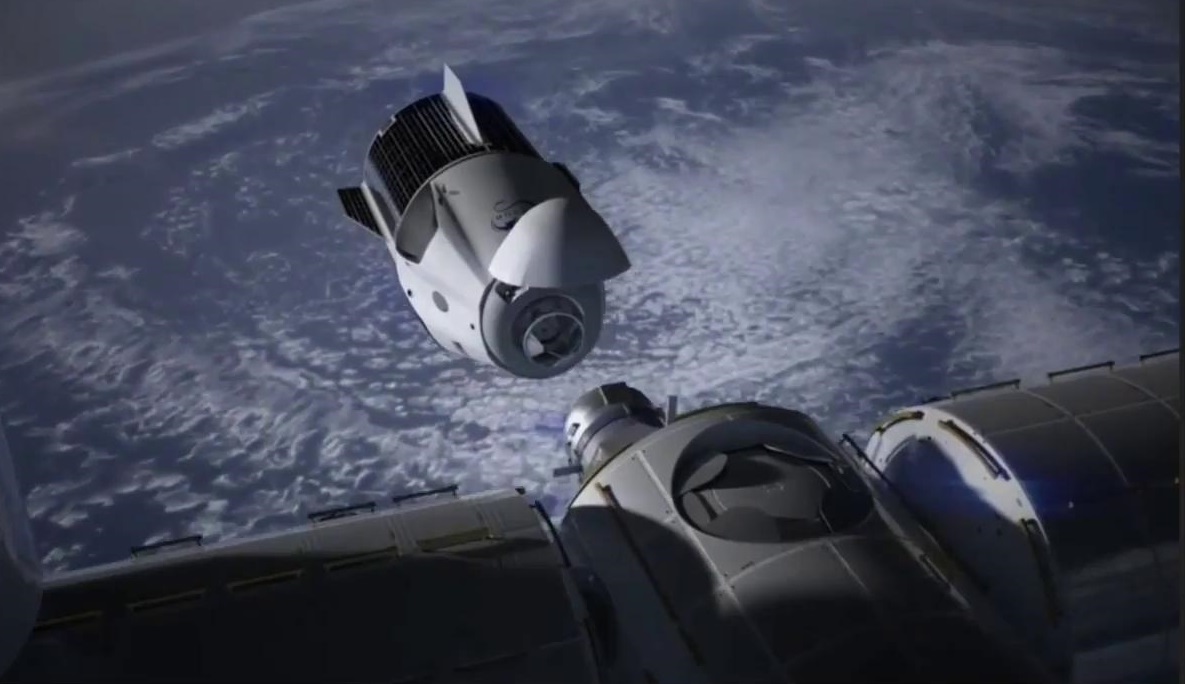
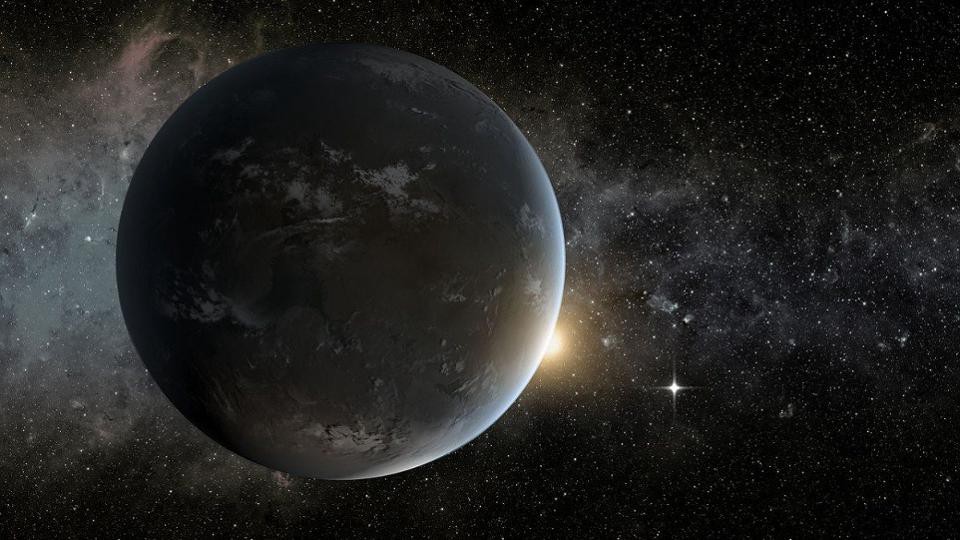
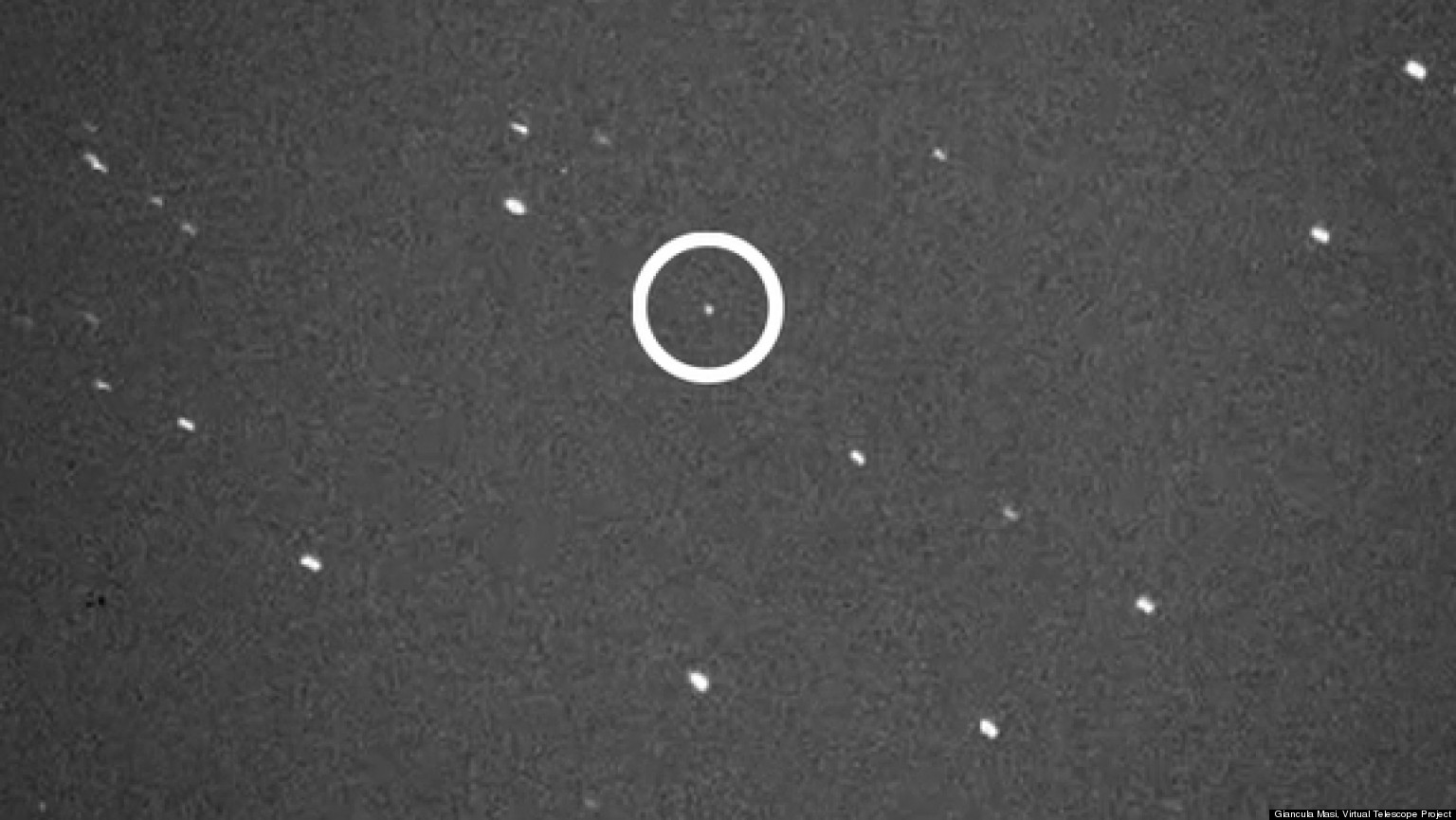
Comments (0)
This article has no comment, be the first!